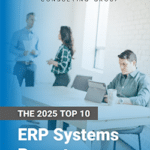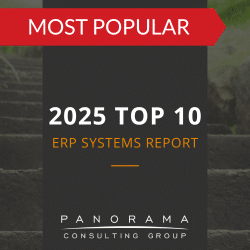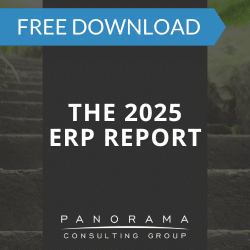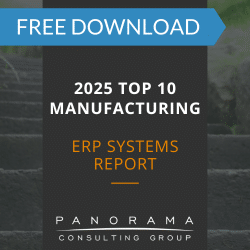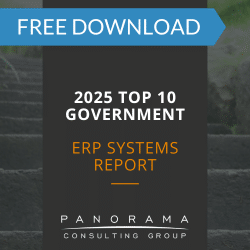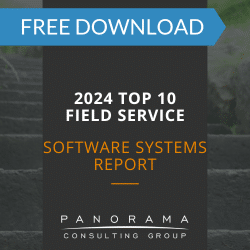While implementing a modern EHR system can have many benefits, it’s important not to rush into this initiative.
Instead, take the time to understand the full process of implementing EHR software so you can develop a realistic project plan.
Today, we’re sharing a quick checklist to follow when you’re ready to get started.
A Checklist for Implementing EHR
As healthcare offices around the country invest in digital transformations, the use of electronic health records (EHR) continues to grow.
If your office is planning to digitize its record-keeping process, it’s natural to be excited about the possibilities. Yet, it’s important to approach this process with care and caution. Here is a basic roadmap to follow.
1. Planning and Selection Phase: Choose an EHR System
• Their organization’s data needs
• The effort required to identify and implement an EHR system
• The costs involved in EHR implementation
• Deployment and hosting considerations
Cloud-Based vs. Locally-Hosted EHR Systems
A cloud-based EHR provides scalable, on-demand access to IT services via a designated cloud provider. With this system, you can reduce your on-site hardware/software costs and lower your maintenance expenses. The downside is that cloud-based enterprise software systems can present issues with data security, access, and control.
A locally-hosted EHR allows you to house your software and data on-site. You can maintain total control of patient data without allowing access to an outside organization. The downside is that locally-hosted platforms also put the issue of data security on your team. This might require investing in hardware to ensure your servers are physically secure, as well as software for routine data backups.
The 2025 Top 10 ERP Systems Report
What vendors are you considering for your ERP implementation? This list is a helpful starting point.
2. Pre-Implementation Phase
Before you begin the hands-on implementation work, a pre-implementation phase is necessary. During this time, you can:
• Create a project plan
• Establish a project governance
• Build your project team
• Communicate with your workforce and patients
• Perform business process reengineering to redesign workflows
• Provide education and training to staff members
The governance process you establish will help you ensure your EHR system is implemented effectively. It also lays the groundwork for how your practice will manage key issues, including data security.
3. Implementation Phase
When you officially launch your EHR implementation, considerations include:
• Should we configure or customize the system to meet the needs of our practice?
• Should we begin data migration or should we take more time to prepare our data, first?
• Should we backload patient medical histories during the transition?
• Should we invest in more organizational change management to address new pockets of resistance?
4. Optimization Phase
Once your EHR system is up and running, it’s time to optimize operations. Evaluate how the implementation went, and which steps you need to improve upon for the future.
Key questions to ask during this phase include:
• What were the strong points of the project? What about the weak points?
• Did the implementation go as originally planned?
• How did the ongoing project work affect day-to-day workflows?
In addition to optimizing how your practice approaches projects in the future, you can use these lessons to make sure your system stays up-to-date. Just like internal processes, technology can always be improved. Take a continuous optimization approach to the effort and get everyone involved. As time goes by, gather feedback on the system from physicians, patients, and other EHR users and use those insights to make improvements.
A Roadmap for Implementing EHR
As you can see, the process of implementing EHR doesn’t simply mean going from Point A to Point B. There are multiple, incremental phases you’ll need to complete, and each one feeds into the next.
By taking a focused, careful approach, you can avoid many of the roadblocks that lead to implementation failure. Prioritize planning, set realistic expectations, and involve your workforce through OCM, training, and software optimization.
Is your healthcare practice considering making the switch to EHR? If so, contact our enterprise software consultants below for a free consultation.
